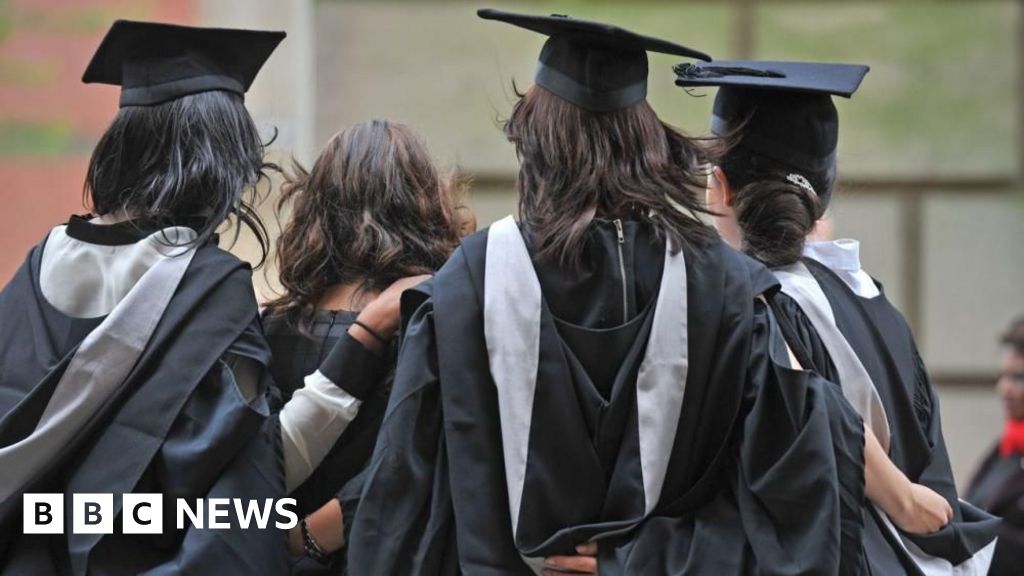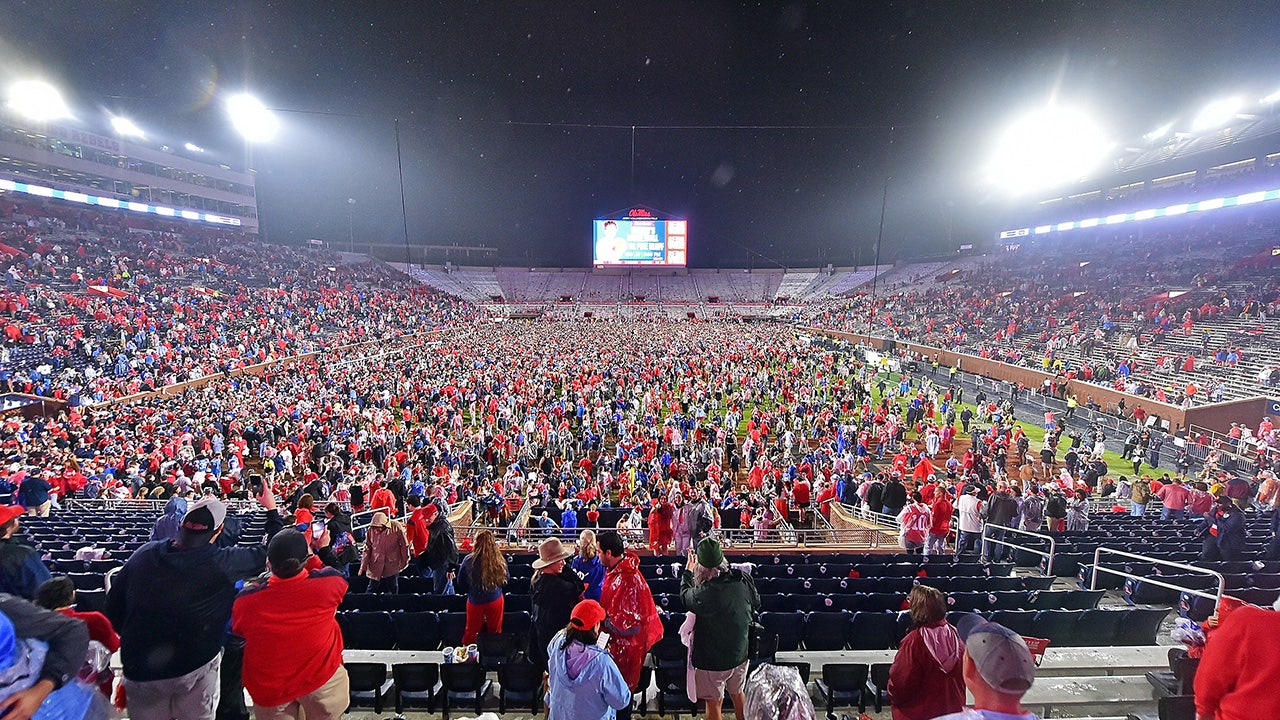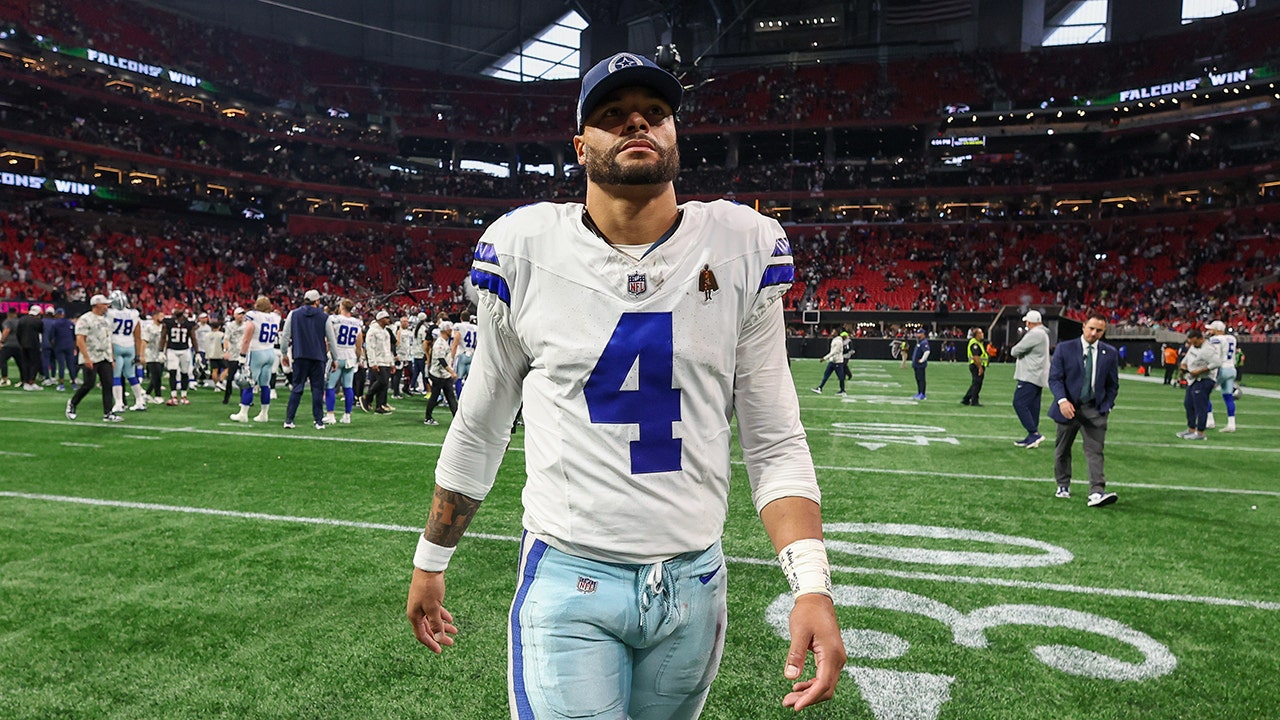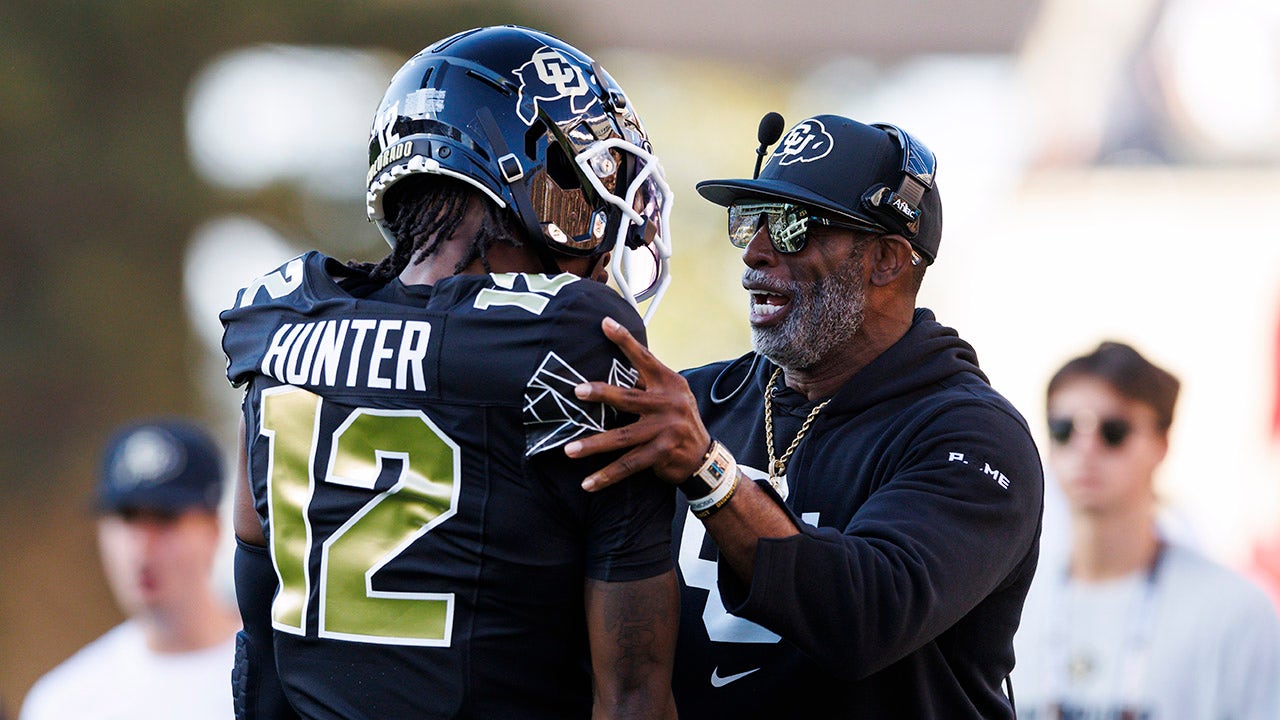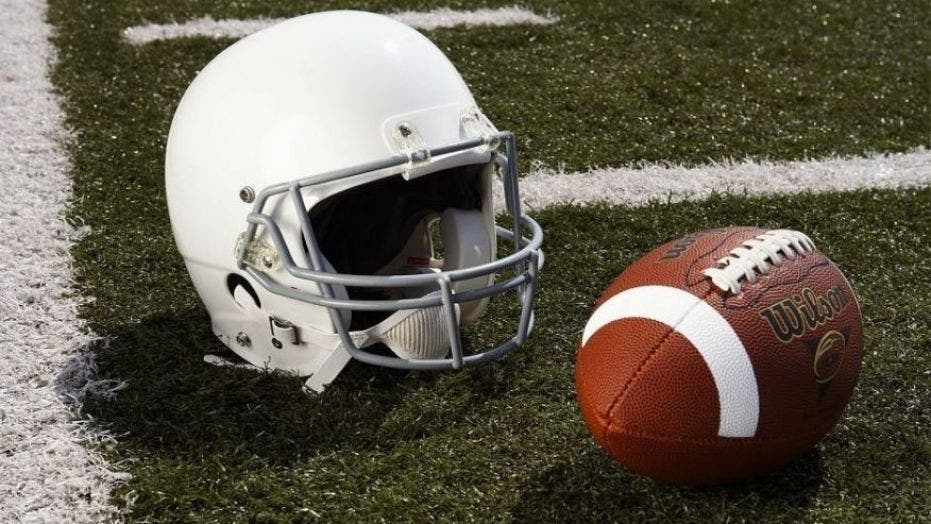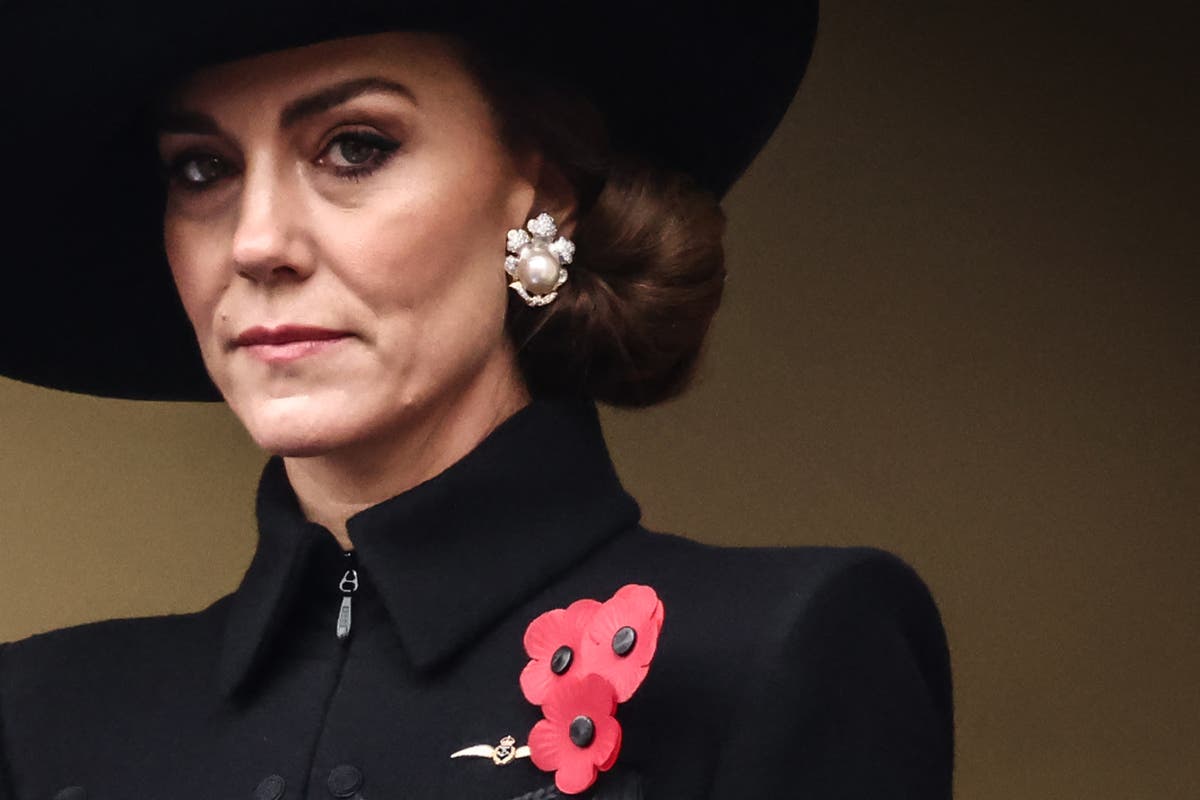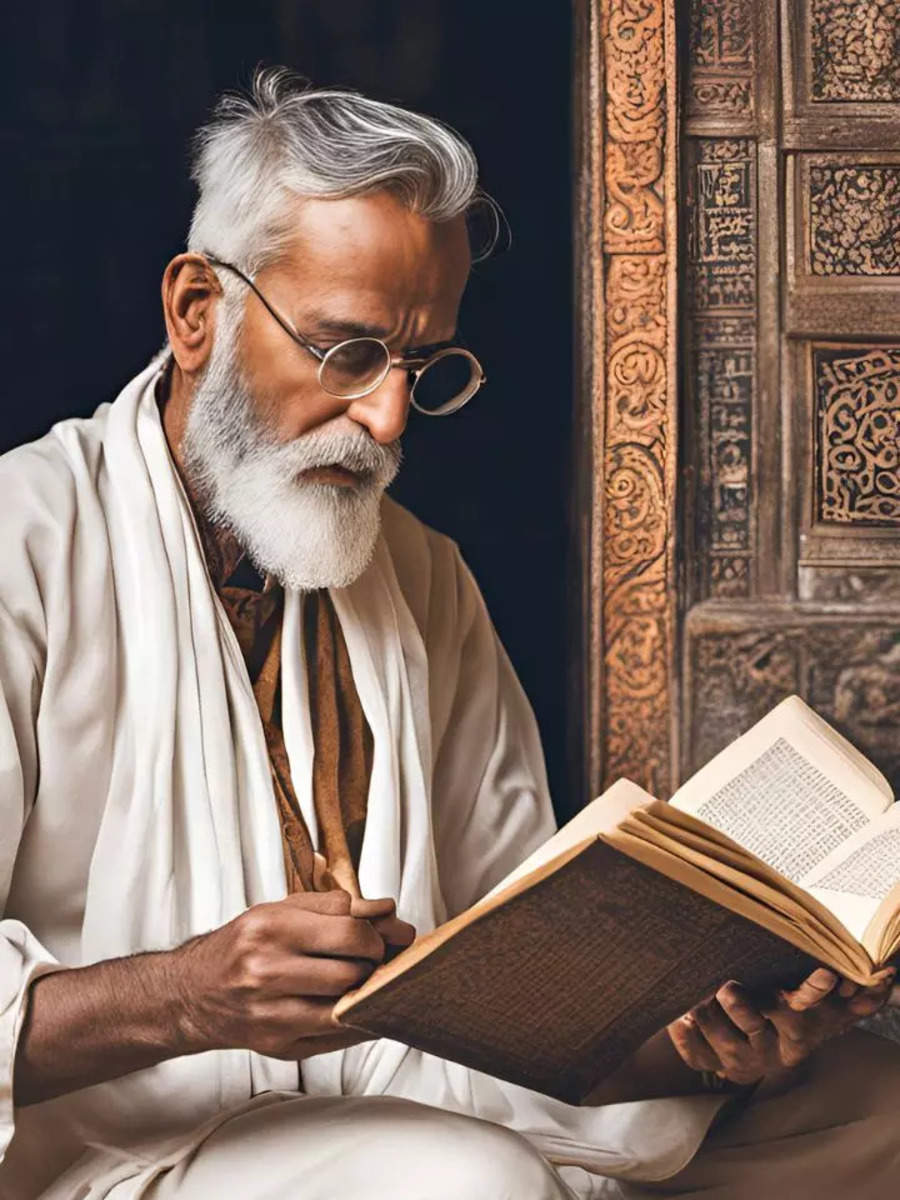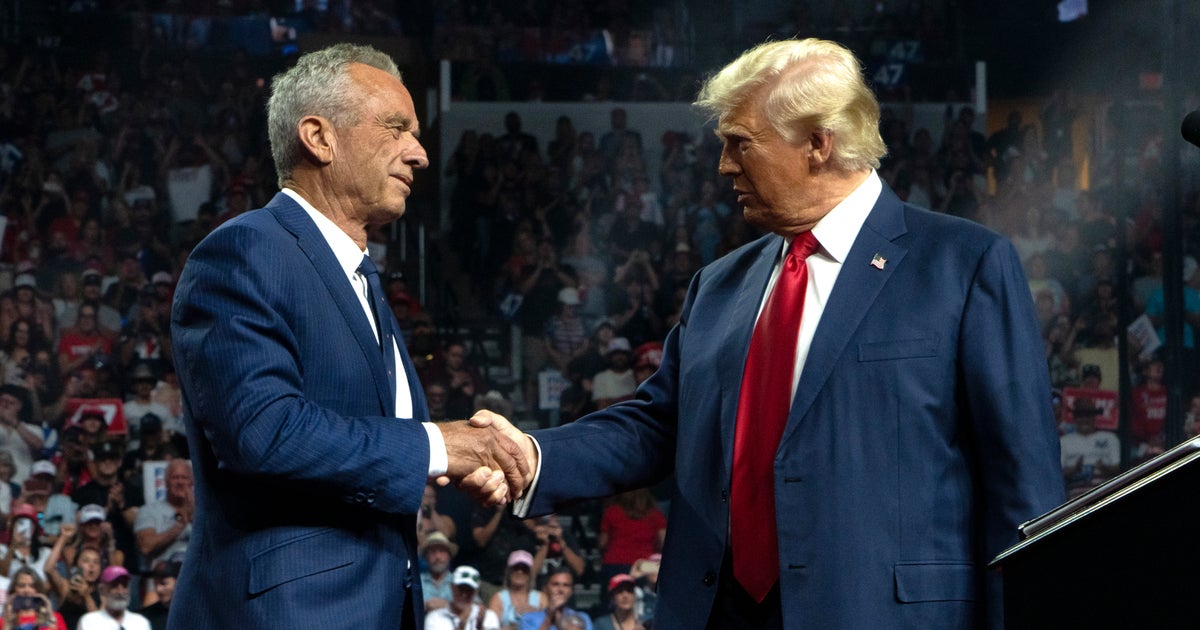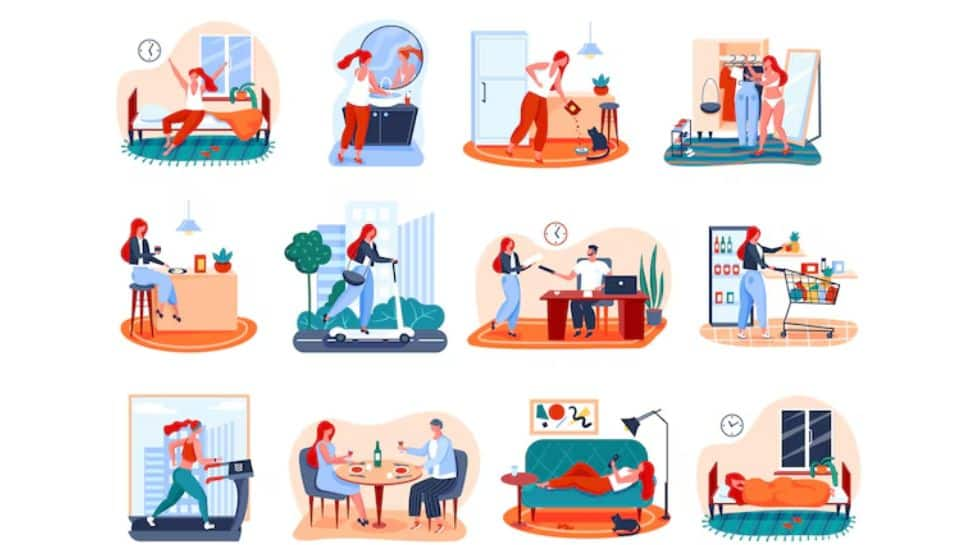Here’s a breakdown of the “One Piece” universe — its characters, its stories and its legions of international fans.
‘One Piece’ is about pirates, authoritarianism and magic treasure
Since it debuted in 1997, the weekly comic series and its many adaptations have centered on Luffy (pronounced like “goofy”), a young boy who seeks a vaguely defined treasure called the “One Piece” that will turn him into a pirate king.
Spoiler: The treasure still hasn’t been found or even seen a quarter century into the franchise, but the storyline has grown to epic proportions anyway, encompassing a bizarre and detailed world in which Luffy’s ragtag crew of Straw Hat Pirates battle other crews and a corrupt World Government.
There are weird superpowers, too, conferred by eating magical fruit. Luffy can stretch his entire body like rubber. His ship’s doctor is a former reindeer that gained superintelligence.
The franchise is massively popular — just not in the U.S.
“One Piece” has ballooned into a global mega-franchise in Asia and other parts of the word. Since it debuted in the Japanese manga magazine Weekly Shonen Jump in 1997, the franchise has released 105 volumes of stories and sold more than $516 million worth of manga across the globe, according to Netflix.
The comics inspired a Japanese-language animated series in 1999 that still runs after more than 1,000 episodes.
There are more than a dozen animated movies in the franchise, too, including the 2022 film “One Piece Film: Red” — which outsold “Top Gun: Maverick” in Japan. There are 40 video game titles set in the world, with some One Piece characters appearing in other game franchises, too, according to Netflix.
“One Piece” even had a theme park. The One Piece Towers featured attractions such as Zoro’s Soul of Edge, where gamers slashed cannons on a screen like the sword-wielding hero Roronoa Zoro, or a casino game centered on the thief Nami. The park closed after the pandemic hit in 2020.
But for all that, “One Piece” has remained relatively obscure among Americans, even after manga and anime projects such as “Pokémon” and “Attack on Titan” proved that Japanese series could attract large U.S. audiences.
Netflix hopes to change that. The streaming giant ordered an Americanized, live-action version of “One Piece” in 2020 as part of an effort to expand its cross-border appeal, which includes releasing two original anime series, “Aggretsuko” and “Castlevania,” as well as the hit Korean-produced show, “Squid Game.”
Other anime adaptations have bombed
Netflix has already earned a ton of attention for its take on “One Piece.” The new show’s trailers have racked up millions of views on YouTube, with the final one amassing half a million views inside two hours after it dropped on Wednesday.
While a cartoon about magical pirates might not be an obvious choice for a live-action epic, early reviews have been relatively positive, with critics praising the series’ cast and visual effects. Comicbook.com’s Evan Valentine said it far surpasses previous Netflix animated series.
“It does the source material justice and then some,” Valentine wrote on X, formerly Twitter. “I think anime fans and newcomers … will be surprised at what the show has to offer.”
But animes and mangas have proved notoriously difficult to translate into a live-action format. Netflix’s adaptation of the sci-fi series “Cowboy Bepop” was canceled less than one month after it debuted in 2021. The streamer’s “Death Note,” a film loosely based on a manga about a teen who finds a notebook that has the power to kill people, was widely panned by critics in 2017. Paramount’s live-action adaptation of the cyberpunk franchise “Ghost in the Shell” bombed the same year.
One crucial supporter of the new show is Eiichiro Oda, the manga artist who created “One Piece” and has long wanted to see it turned into a live-action series. Oda told the New York Times that Netflix let him read scripts, offer notes and give final approval for the series, which he believes will work for Western audiences.
“The most important thing is whether the actors can reproduce the characters in a way that will satisfy the people who read the manga,” he told the Times. “I think we did it well, so I hope audiences will accept it.”
Can I read the original series and watch the other adaptations in English?
The show debuts on Netflix on Thursday, Aug. 31, at 3 a.m. Eastern time. The first episode is titled “Romance Dawn,” which is the same name as the comic strip’s first volume. The trailers suggest the series will follow major events of the story even though Oda said it doesn’t re-create the manga scene for scene. The show stars Iñaki Godoy as Luffy, Mackenyu Maeda as the swordsman Roronoa Zoro, Emily Rudd as the thief Nami and Jacob Romero as the adventurer Usopp.
If you’re curious about the very, very wide world of “One Piece” lore that already exists, you can view a lot of it even if you don’t know Japanese.
Ten seasons of the animated “One Piece” show are available on Hulu so far, with options for subtitles as well as an English dubbed version.
The “One Piece” animated movies can be found on the anime streaming site Crunchyroll.
Since English translations of the series are difficult to come by, you can get a sense of their sweeping story arcs on the One Piece wiki page or the fan site OPFanPage.com.










